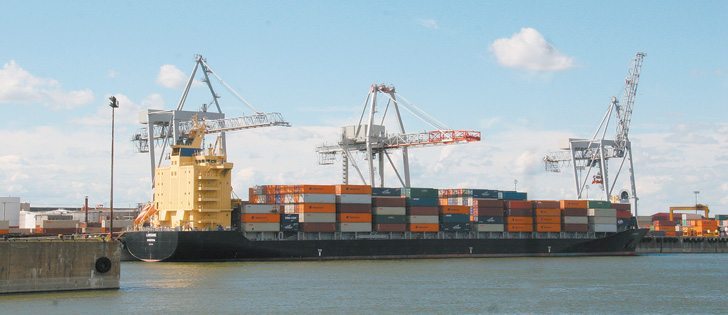How is crop potential looking on the Prairies?
Well, it’s good and bad, flooded and flourishing, and subject to a whole bunch of challenges in the weeks ahead.
Just when you think you’ve seen every possible crop scenario, along comes 2012. After a dry winter and a dry early spring, the tap opened and the flow has been steady.
Precipitation maps show most of the prairie grain belt as either extremely high or record wet for the growing season, with the wettest conditions concentrated in Sask-atchewan. More cropland is being lost to flooding with each rainfall.
Read Also

Farmer ownership cannot be seen as a guarantee for success
It’s a powerful movement when people band together to form co-ops and credit unions, but member ownership is no guarantee of success.
Millions of acres went unseeded in 2010 and 2011 because of wet conditions. Unseeded acres are down dramatically this year, but a lot of seeded land is now sitting in water.
There’s a huge variation in crop conditions from one area to another and even one field to the next. Rain has been spotty. One area can get a deluge of 50 millimetres while just down the road only 15 mm are deposited.
Some land is naturally well drained. Other areas are relatively flat and the excess water has nowhere to go. Water infiltrates better on lighter land, with ponding more likely on clay.
Crops that were seeded early and are well established are better able to withstand short periods of excess moisture. And some crops tolerate wet feet better than others. Lentils and peas seem particularly hard hit when the soil stays saturated.
In general, rain means grain. In most years, if you lose a bit to flooding in low spots, you more than make up for it with better production in other areas of the field. But every general rule has exceptions. This year, yield potential is going to ratchet downward if rain continues to be above normal.
Other threats are also emerging.
With all the rain and wind, producers have struggled with herbicide applications. In some cases, weed control has been compromised. In other cases, crops have been hurt by herbicides applied outside of the optimum growth stage.
There have already been some wicked storms. With all the moisture on the ground, how much hail damage will we see in July and August?
Many crops are behind normal development, which increases the risk of frost damage and other quality degrading factors in the fall.
With humidity and thick crop canopies, it’s shaping up as a big year for crop diseases. Expect more fungicide use than ever before.
How much soil nitrogen has been lost to leaching? Will yield potential be limited due to a lack of nitrogen or will the wet conditions produce enough mineralization of nutrients from the organic matter to compensate for the losses?
Of course, the really big question is whether the deluge will end. Major rainfall will only exacerbate the problems. A warming and drying trend would dramatically increase our crop potential.
Meanwhile, U.S. corn and soybeans are facing the inverse situation. American crops are shrivelling from drought and heat. Grain prices would be a lot lower right now if their crop condition ratings weren’t declining.
Thus the financial prospects for western Canadian grain producers depend not only on what the weather does up here, but also on the weather patterns south of the border.
Keep your eyes on the sky and on your computer screen. Growing season 2012 has been an action thriller so far. At this juncture, it’s hard to predict whether the story will have a happy ending.














